
Palais Rothschild refers to a number of palaces in Vienna, Austria, which were owned by members of the Austrian branch of the Rothschild banking family. Apart from their sheer size and elegance, they were famous for the huge collections of valuable paintings, statues, furniture, books and armour that they housed, another reflection of the family's vast wealth and prominent position.

Palais Gutmann is a Ringstraßenpalais in Vienna, Austria. It was built for the coal trading Gutmann family. It was built in 1869–1871. The architect was Carl Tietz.

Palais Epstein is a Ringstraßenpalais in Vienna, Austria. It was built for the industrialist and banker Gustav Ritter von Epstein. The architect was Theophil Freiherr von Hansen, who also designed the adjacent Austrian Parliament Building. Unlike traditional Baroque noble palaces in Vienna, Palais Epstein was built in the late 19th century and is therefore considered a Ringstraßenpalais. It is up to five storeys high and built in the neo-Renaissance style typical of its time.

Palais Schey von Koromla, also known as Palais Schey, is a Ringstraßenpalais building in Vienna, Austria.

Palais Todesco is a Ringstraßenpalais in Vienna, Austria, constructed from 1861 to 1864 on plans by architect Theophil Hansen.

The Ephrussi family is a wealthy Ashkenazi Jewish noble banking family. The family's bank and properties were seized by the Nazi authorities after the 1938 "Anschluss", the annexation of Austria by Nazi Germany.

Thomas Patrick Lowndes de Waal is a British journalist and writer on the Caucasus. He is a senior fellow at Carnegie Europe. He is best known for his 2003 book Black Garden: Armenia and Azerbaijan Through Peace and War.

Edmund Arthur Lowndes de Waal, is a contemporary English artist, master potter and author. He is known for his large-scale installations of porcelain vessels often created in response to collections and archives or the history of a particular place. De Waal's book The Hare with Amber Eyes was awarded the Costa Book Award for Biography, Royal Society of Literature Ondaatje Prize in 2011 and Windham–Campbell Literature Prize for Non-Fiction in 2015. De Waal's second book The White Road, tracing his journey to discover the history of porcelain was released in 2015.
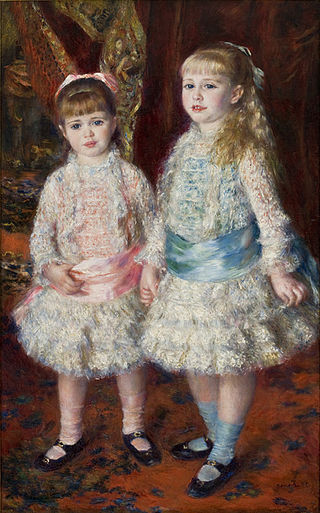
Alice and Elisabeth Cahen d’Anvers is an oil painting by French impressionist Pierre-Auguste Renoir. Produced in Paris in 1881, the painting depicts the sisters Alice and Elisabeth, daughters of Louise Cahen d'Anvers and her husband the Jewish banker Louis Raphaël Cahen d'Anvers. It is considered one of the most popular works in the collection of the São Paulo Museum of Art, where it has been conserved since 1952.
Victor Alexander de Waal is a British Anglican priest. He was the Dean of Canterbury from 1976 to 1986.

The Palais Albert Rothschild was a palatial residence in Vienna, Austria. It was one of five Palais Rothschild in the city that were owned by members of the Rothschild banking family of Austria, a branch of the international Rothschild family. It was located at Heugasse 26, in the 4th (Wieden) district of Vienna. Commissioned by Baron Albert von Rothschild, it was designed and built by the French architect Gabriel-Hippolyte Destailleur between 1876 and 1884, and demolished in 1954.

The Palais Nathaniel Rothschild was a palatial residence in Vienna, Austria. It was one of five Palais Rothschild in the city that were owned by members of the Rothschild banking family of Austria.

The German and Austrian Alpine Club was a merger of the German, Austrian and German Bohemian Alpine Club that existed from 1873 to 1938.

Charles Ephrussi was a French art critic, art historian, and art collector. He also was a part-owner and then editor as well as a contributor to the Gazette des Beaux-Arts, the most important art historical periodical in France.
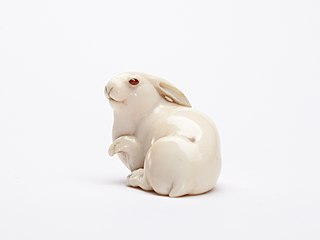
The Hare with Amber Eyes: A Hidden Inheritance (2010) is a family memoir by British ceramicist Edmund de Waal. De Waal tells the story of his family, the Ephrussi, once a very wealthy European Jewish banking dynasty, centred in Odessa, Vienna and Paris, and peers of the Rothschild family. The Ephrussis lost almost everything in 1938 when the Nazis confiscated their property, and were unable to recover most of their property after the war, including priceless artwork; an easily hidden collection of 264 Japanese netsuke miniature sculptures was saved, tucked away inside a mattress by Anna, a loyal maid at Palais Ephrussi in Vienna during the war years. The collection has been passed down through five generations of the Ephrussi family, providing a common thread for the story of its fortunes from 1871 to 2009. In 2021, The Hare with Amber Eyes was distributed in Vienna as a free book, with a print run of 100,000 copies.
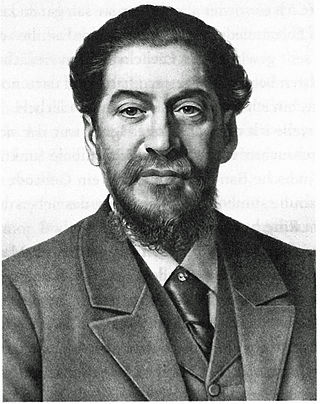
Baron Ignace von Ephrussi (1829–1899) was a Russian-born Austrian banker and diplomat. He was the head of Ephrussi & Co. in Vienna, Austria.
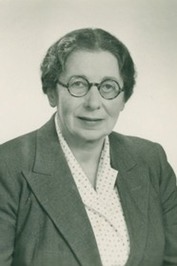
Elisabeth de Waal (1899–1991), née von Ephrussi, was an Austrian writer born in Vienna. de Waal's works include The Exiles Return.
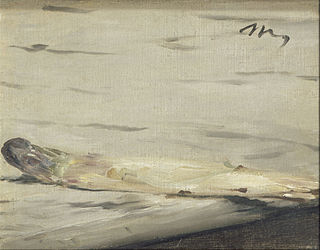
A Sprig of Asparagus (L'Asperge) is an 1880 oil on canvas painting by Édouard Manet, signed at the top right. It is now in the Musée d'Orsay.

The Palais Erzherzog Ludwig Viktor is one of the best known Ringstraßenpalais in Vienna. It was built between 1863 and 1866. The first building to be built on the Schwarzenbergplatz, it is now a subsidiary house of the Burgtheater.
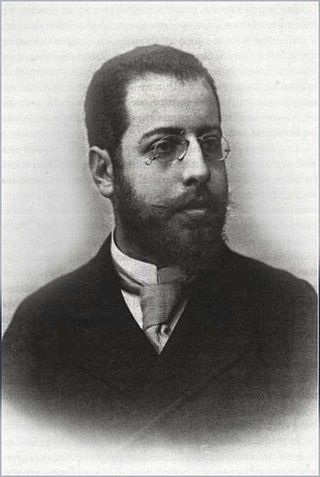
Viktor, Ritter von Ephrussi (born 8 November 1860 in Odessa; died 6 February 1945 in Tunbridge Wells was an Austrian banker.





















